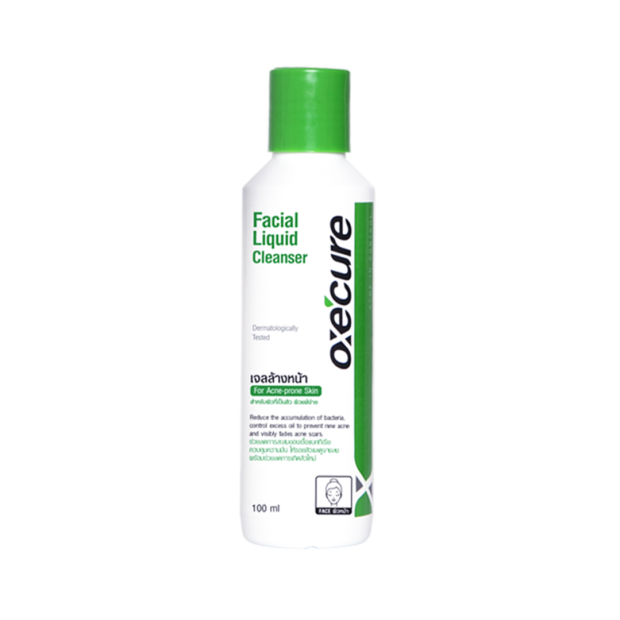I can see myself as a teenager running to the pharmacy counter. I saved money from my allowance to buy OTC acne cream. I believed in the promises they stated in their commercial that played between the after-school special and the 6 pm news.
That’s how I first learned about benzoyl peroxide, one of many active ingredients against acne that’s available out there. These active ingredients are often the selling points of many a beauty product like washes, masks, patches, and serums.
Even as a beauty writer, I get confused about which one works best. I can easily give you a list of products I’ve tried and recommend, without really knowing the active ingredient in them that did the trick and how.
Q&A
Dr. Anna Liza Yalung, a certified dermatologist, clarified some things up for me. I got in touch with her through Oxecure, a dermo-cosmetic skincare brand that recently launched in the Philippines.
What are the most common anti-acne active ingredients, and how do they differ from one another?
Treatment for acne makes use of medications that target the four pathologies of acne: abnormal shedding of dead skin cells lining the oil glands resulting in a follicle plug, excessive oil production, inflammation, and infection caused by Cutibacterium (Propionibacterium) acnes.
Non-prescription medications usually include the following active ingredients:
Benzoyl peroxide kills bacteria that cause acne, helps unclogs pores by removing dead skin cells, and helps lessen excess oil from the skin.
Salicylic acid removes dead skin cells, thus, unclogging the pores. Available in .5% to five percent strength over the counter.
Alpha-hydroxy acids (AHA), particularly glycolic acid and lactic acid in low concentration, reduces inflammation and helps remove dead skin cells. They stimulate collagen growth and helps improve the appearance of acne scars.
Sulfur removes dead skin cells that clog the pores, helps remove excess oils. Best used in combination with other ingredients such as salicylic acid or benzoyl peroxide.
How can you tell which active ingredient is best for you?
The combination is determined by the severity of the acne one has. For example, for mild to moderate acne, benzoyl peroxide or salicylic acid combined with retinoids may be used. While for severe acne, an oral antibiotic or isotretinoin may be recommended.
When using a product with the said active ingredients, what are the best products to use to complement its effects?
A skincare regimen for acne-prone individuals should have the afore-mentioned active ingredients from facial cleanser, toner, cream, and spot treatment.
The latest
Oxecure sent over a kit containing their line of products for me to try earlier this month. Following Dr. Yalung’s advice, my regular routine that consists of my dermatologist-prescribed night cream and AHA lotion is amped up by the Oxecure Facial Liquid Cleanser.

I’ve been using it for the past three weeks, and I like how it’s gentle to the skin and doesn’t have any fragrance. It contains sulfur-exfoliates to clear away dead skin cells. It’s a staple in my routine, even if I don’t have any more breakouts.
On that first week I began to use Oxecure’s products, I was dealing with three pimples on my cheek. I reached for the Acne Clear Powder Mud. I applied it as an overnight mask on the affected area. I’m impressed at how the spots significantly reduced in size by the time I woke up the next morning.
Update your stash
Here are other anti-acne picks I’ve tried if you’re looking to switch out your current products for a complete anti-acne routine.
https://lifestyle.inquirer.net/362490/beauty-check-do-you-need-to-wear-sunblock-indoors/